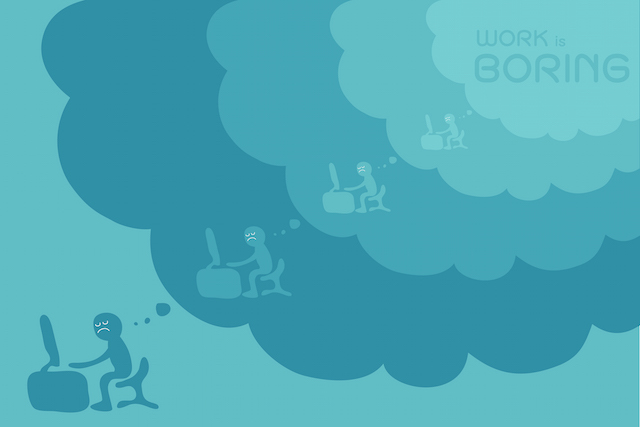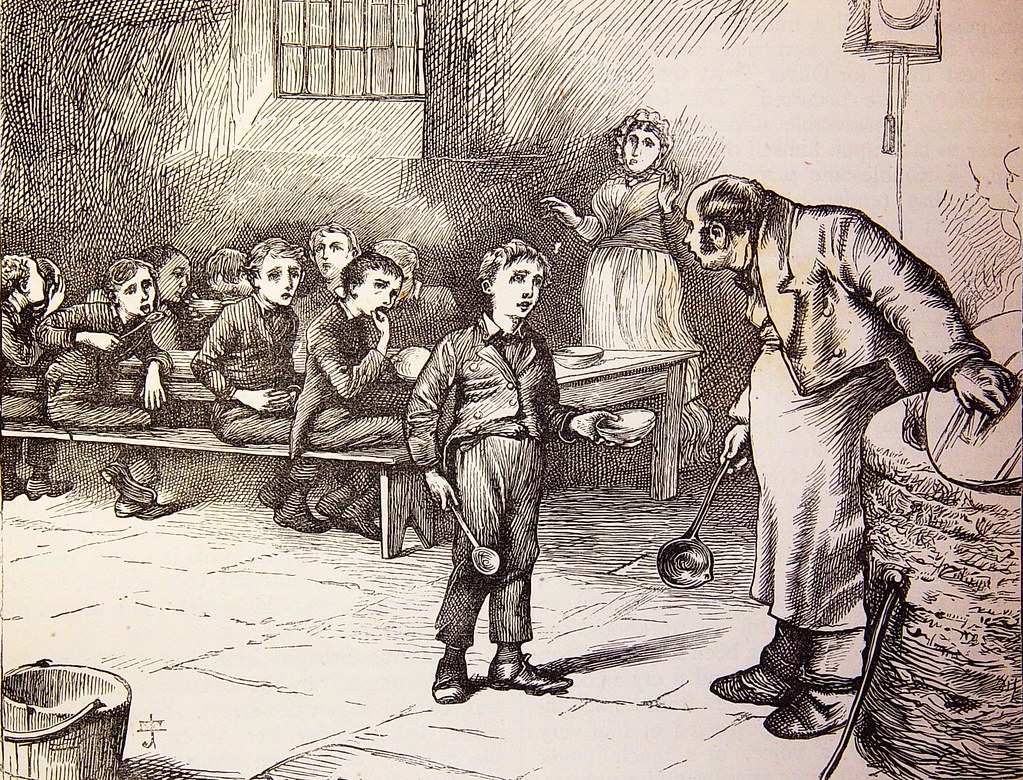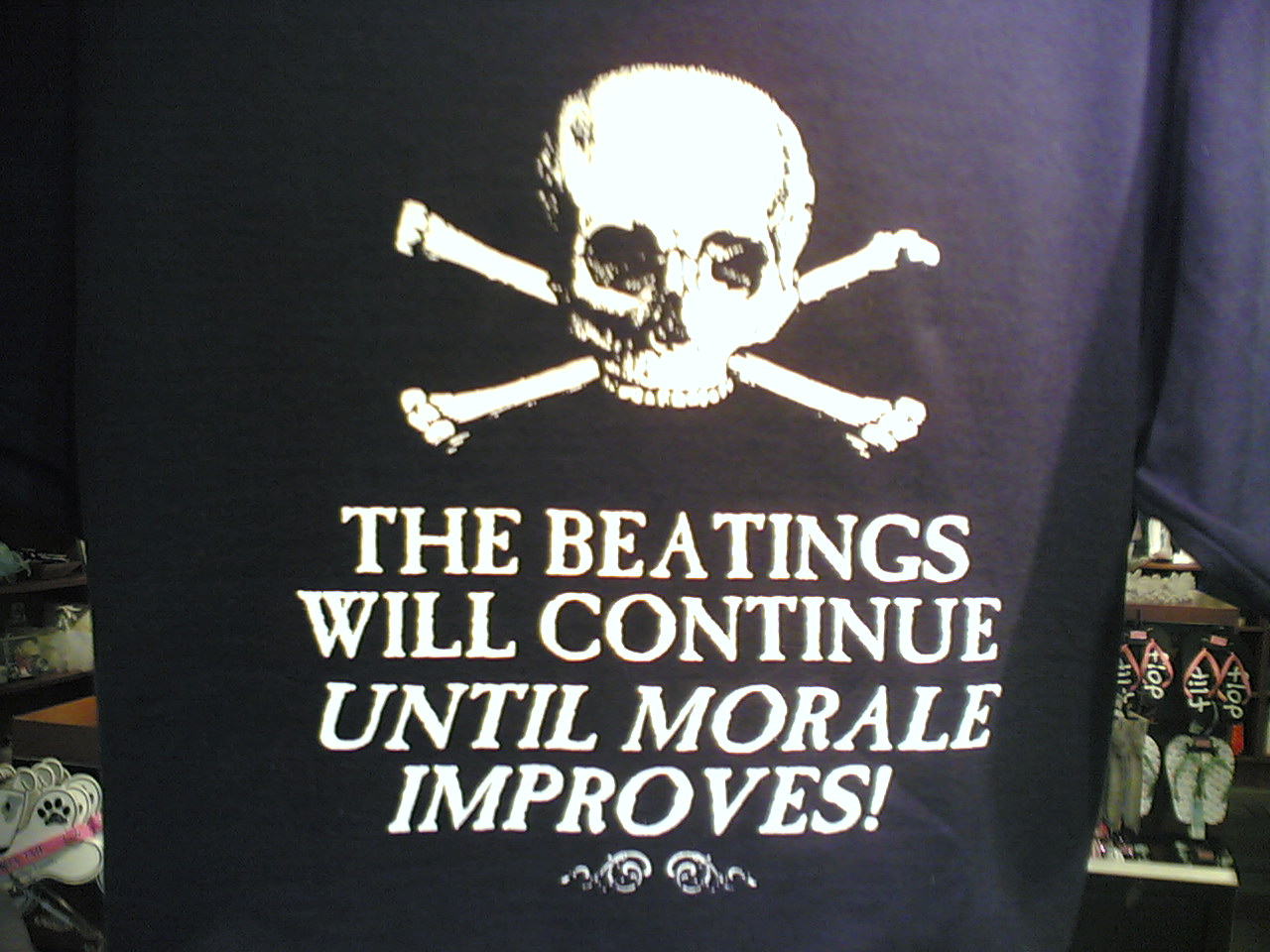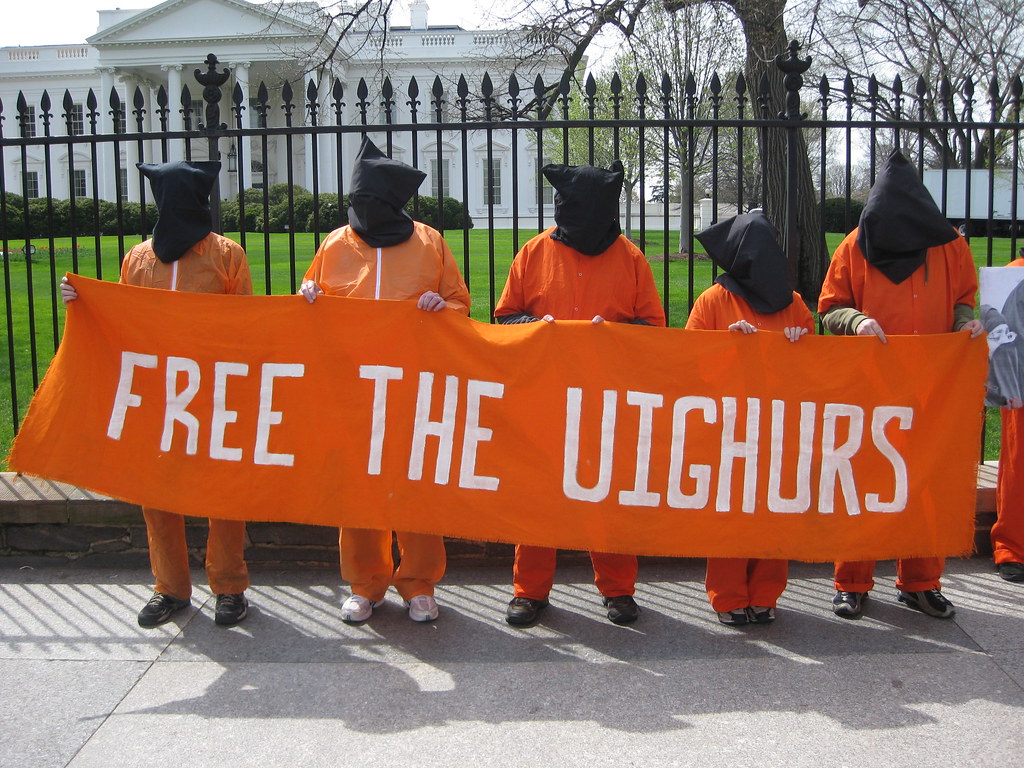50 years on, the Beatles film Yellow Submarine tells the story of the Sixties
via the
New Statesman by DJ Taylor

The Beatles had little interest in the making of Yellow Submarine. But, the animation in which they barely appear says far more about them than they could have predicted.
Like many a pop-cultural highlight from the Age of Aquarius,
Yellow Submarine came about mostly by accident. Its public unveiling, at a gala premiere made tabloid-worthy by the fact that Paul McCartney arrived alone rather than accompanied by his long-term girlfriend Jane Asher, was also weighed down by paradox. Here, after all, was that guaranteed box office smash, a “Beatles film”, in which the Fab Four only appeared in the closing frames (the previous 90 minutes were left to to cartoon representations of themselves); a celebration of Beatle-banter whose vocal parts were supplied by actors, and an undertaking in which the band took no interest at all until cinema audiences and critics signified their approval. What had started out as an expedient ended up, rather to its own surprise, as a bona fide classic from the late Sixties psychedelic margin – John, Paul, George and Ringo demonstrating yet again that practically any base metal could be turned to gold when exposed to their potent, alchemical touch.
Continue reading
==============================
A Short Analysis of Emily Brontë’s ‘Love and Friendship’
via Interesting LIterature
When she died in 1848, aged just 30, Emily Brontë had written just one novel,
Wuthering Heights. Of course, that novel was a classic and remains one of the most popular and widely read Victorian novels. But Emily Brontë also wrote many poems. ‘Love and Friendship’ sees Emily Brontë reflecting on the differences between these two pillars of our emotional lives.
Continue reading
==============================
List of 10 Most Noted Pyramids in the World
via About History by Alcibiades

PYRAMID OF THE SUN
This pyramid is located in Mexico, in the ancient city of Teotihuacan, built around 100 AD. It’s 66 meters (216 feet) high and it’s 220 by 230 meters (720 by 760 feet) at its base, and has 248 steps on its west side that lead to the top of the pyramid. It is believed that on top of the pyramid once stood a temple that has long been destroyed.
Continue reading
==============================
Fictional Gardens and Gardeners
via An Awfully Big Blog Adventure by Claire Fayers

The July
[2018] heatwave has seen me at my allotment more often than usual, engaged in a battle to keep everything alive. This, naturally, has made me think of the many similarities between gardening and writing. Plenty of people have written on this topic before – the metaphor of planting seeds, tending the ground and waiting anxiously for ideas to sprout. So I thought I’d do something a little different today and talk about my favourite gardens and gardeners.
Continue reading
==============================
Tales of the Museum
[The Louvre, Paris]
via The Black Stump
Dominique-Vivant Denon entices young and old into his workshop—an Aladdin's cave of treasures and memories. This emblematic figure was the first director of the Louvre in 1802. He has come back to life for us as a whimsical and exuberant adventurer who may not know everything, but has lived in the Louvre for over two centuries, mingling with artists, curators, museum attendants, visitors—maybe you!—so he's a boundless source of true stories, anecdotes, and memories about the artworks and his own life…
Some fifty anecdotes and five stories about the museum and its masterpieces are accessible in his workshop, by clicking on objects that appear at random, by choosing from a list in the portfolio or by using the index mode. As you explore the workshop, the mysteries and secrets surrounding the creation, discovery, acquisition, or restoration of a number of artworks are revealed by these "incredible-but-true" tales.
Go to website
==============================
Did the Duke of Buckingham conspire to kill King James I?
via Arts & Letters Daily: James M. Banner Jr in
the weekly Standard
 King James I (seated at right) meeting with his son, the future King Charles I (left), and the Duke of Buckingham
King James I (seated at right) meeting with his son, the future King Charles I (left), and the Duke of Buckingham
From a 19th-century edition of ‘Cassell’s Illustrated History of England’
Upon the death of the childless Queen Elizabeth in 1603, the English crown passed to her closest heir, James VI of Scotland. James inherited the English throne as the son of Mary Stuart, Queen of Scots, Elizabeth’s cousin and the favorite of English Catholics, whom Elizabeth had ordered beheaded in 1587. Becoming James I of England, he ruled until his death in 1625. Benjamin Woolley’s book,
The King’s Assassin: The Secret Plot to Murder King James I, trains its focus on the finale of James’s 22-year reign, along the way trying to explain how Britain’s first Stuart monarch, who combined three crowns (including Ireland’s) into “Great Britain,” managed his kingship.
Continue reading
==============================
When – and why – did people first start using money?
via the Big Think blog by Chapurukha Kusimba [first published in
The Conversation]
Sometimes you run across a grimy, tattered dollar bill that seems like it’s been around since the beginning of time. Assuredly it hasn’t, but the history of human beings using cash currency does go back a long time – 40,000 years.
Scientists have tracked exchange and trade through the archaeological record, starting in Upper Paleolithic when groups of hunters traded for the best flint weapons and other tools. First, people bartered, making direct deals between two parties of desirable objects.
Money came a bit later. Its form has evolved over the millennia – from natural objects to coins to paper to digital versions. But whatever the format, human beings have long used currency as a means of exchange, a method of payment, a standard of value, a store of wealth and a unit of account.
As an anthropologist who’s made discoveries of ancient currency in the field, I’m interested in how money evolved in human civilization – and what these archaeological finds can tell us about trade and interaction between far-flung groups.
Continue reading
==============================
The Best Oscar Wilde Poems Everyone Should Read
via Interesting Literature
Are these Oscar Wilde’s finest poems?
Oscar Wilde (1854-1900) was best-known for being Oscar Wilde. As is often remarked, he was one of the first modern celebrities, courting attention for his witty conversation, his flamboyant dress, and – later – his ‘scandalous’ sex life. But he was also a playwright, novelist, short-story writer, writer of charming fairy tales for children, and poet. This last one is often overlooked, with only one of this poems remaining widely known. In the following list, we pick six of Oscar Wilde’s best poems ranging from his early years at Oxford through to his years in exile in Paris.
Continue reading
==============================
New Kingdom of Egypt
via About History by Alcibiades

With the end of the 13th Dynasty, Egypt was divided between three powers: Hyksos to the north, Egyptian kings in Thebes, and Nubians to the south. The problems to the north started when the capital was moved from Itj-tawi to Thebes. Taking advantage of weak control in the north, the Hyksos established themselves in the city of Hutwaret (Avaris on Hellenic), which grew into a trading center under their control. The name Hyksos is of a Hellenic origin, but the name the Egyptians were using was Heqau-khasut, meaning “Rulers of Foreign Lands”. The identity or origin of the Hyksos is still unknown, as well as how and why they came to Egypt. There are different theories for this question among scholars.
Continue reading
==============================
Water geysers on Europa may make it easier to search for life there
via Boing Boing by David Pescovitz

New analysis of old data gathered by NASA's Galileo orbiter suggests that Jupiter's moon Europa is likely shooting water into space from geysers on its icy surface. Europa is considered to be the most likely candidate in our solar system to support extraterrestrial life and the plumes may make it easier for scientists to find evidence of oceanic ETs below the moon's frozen shell.
Continue reading


































